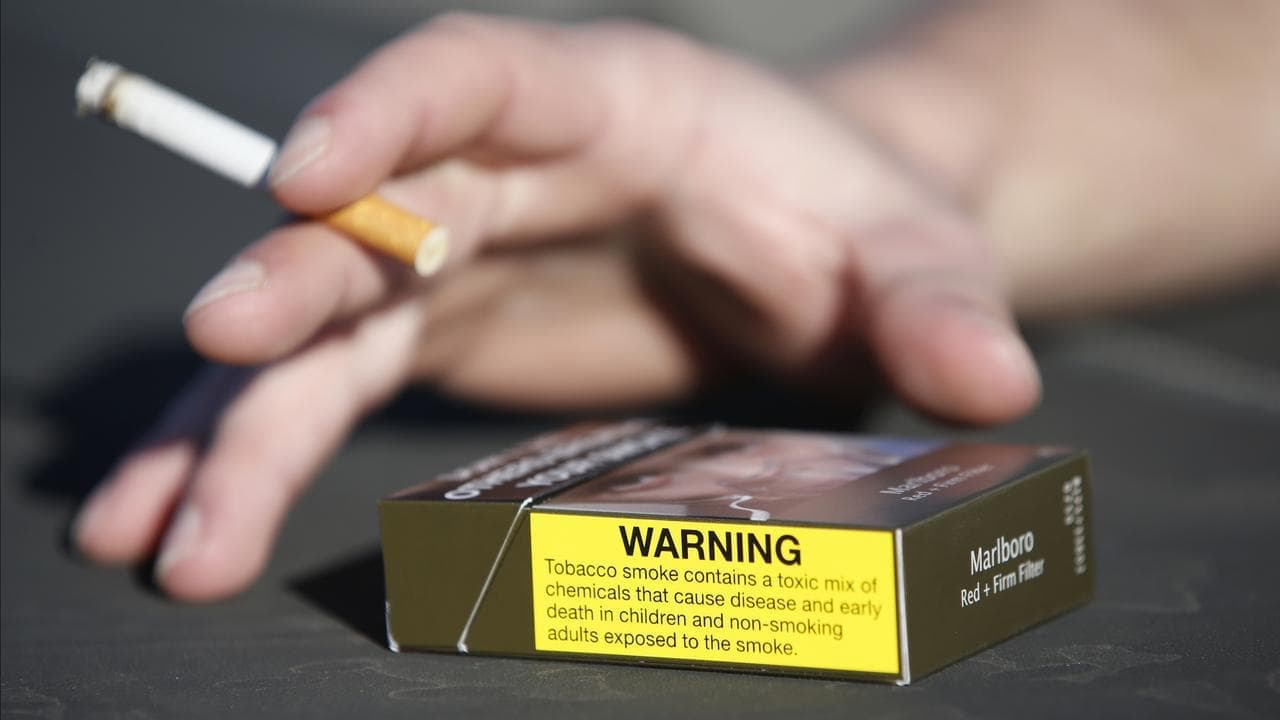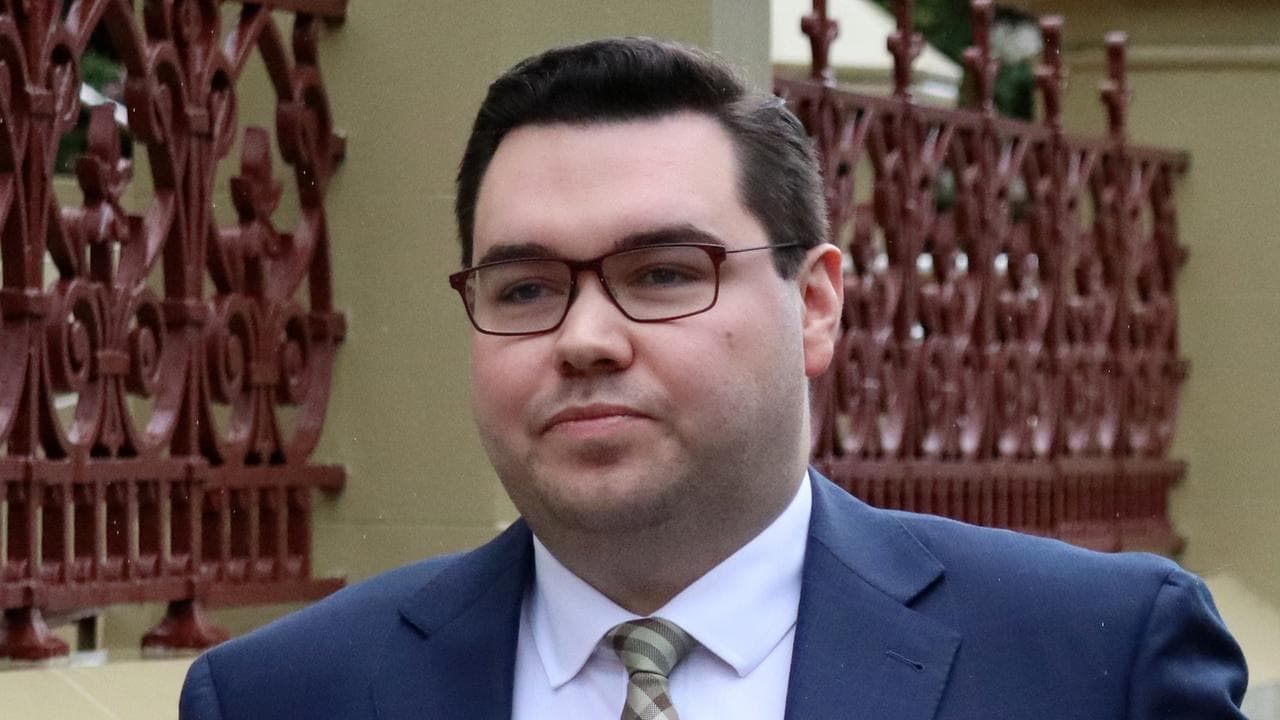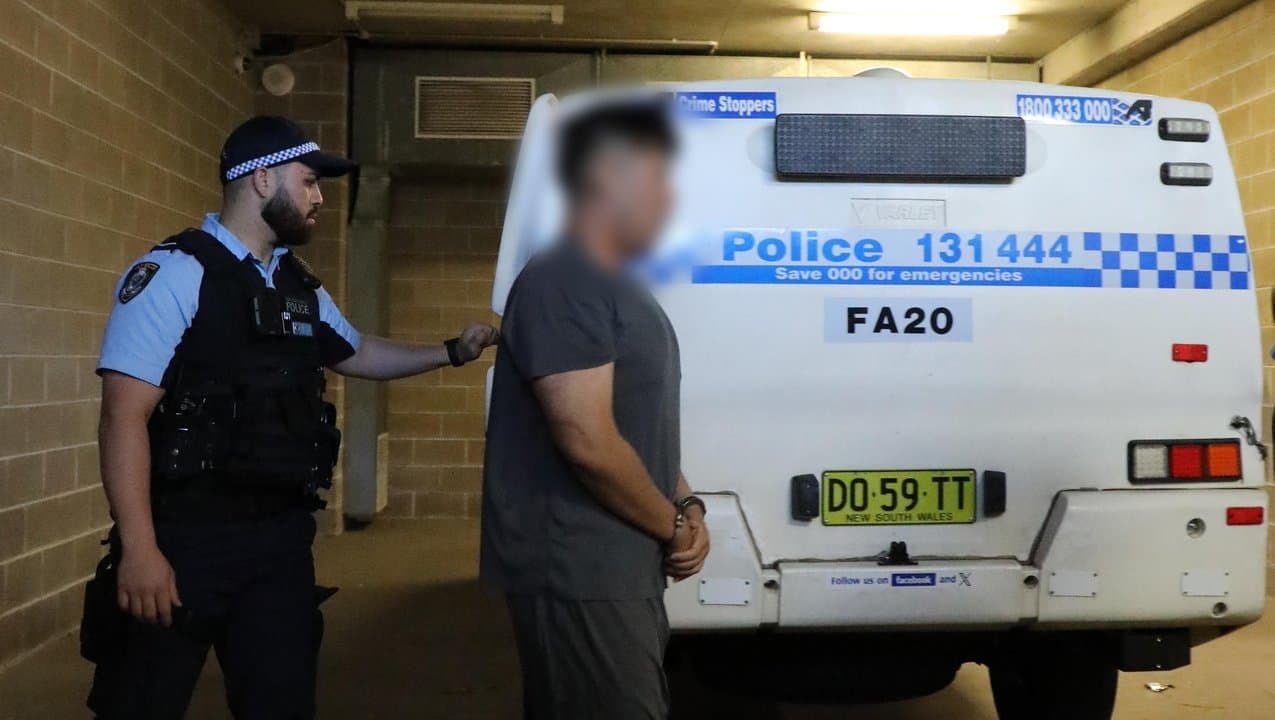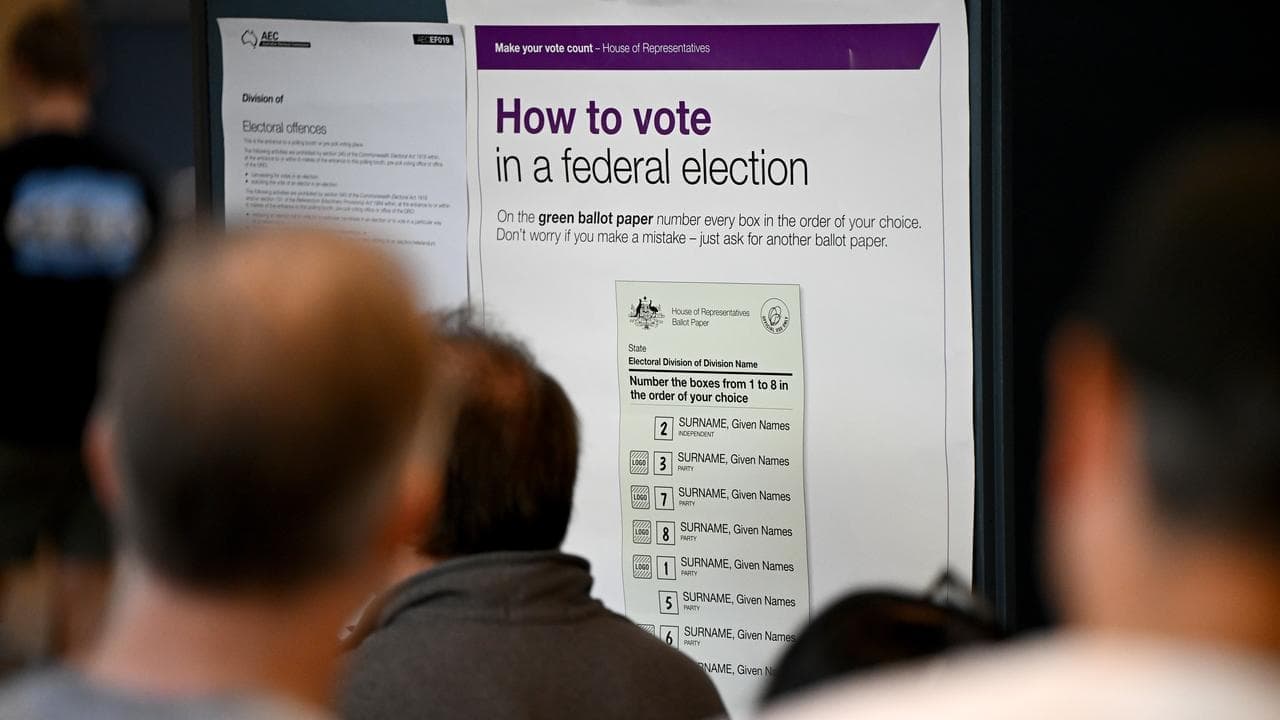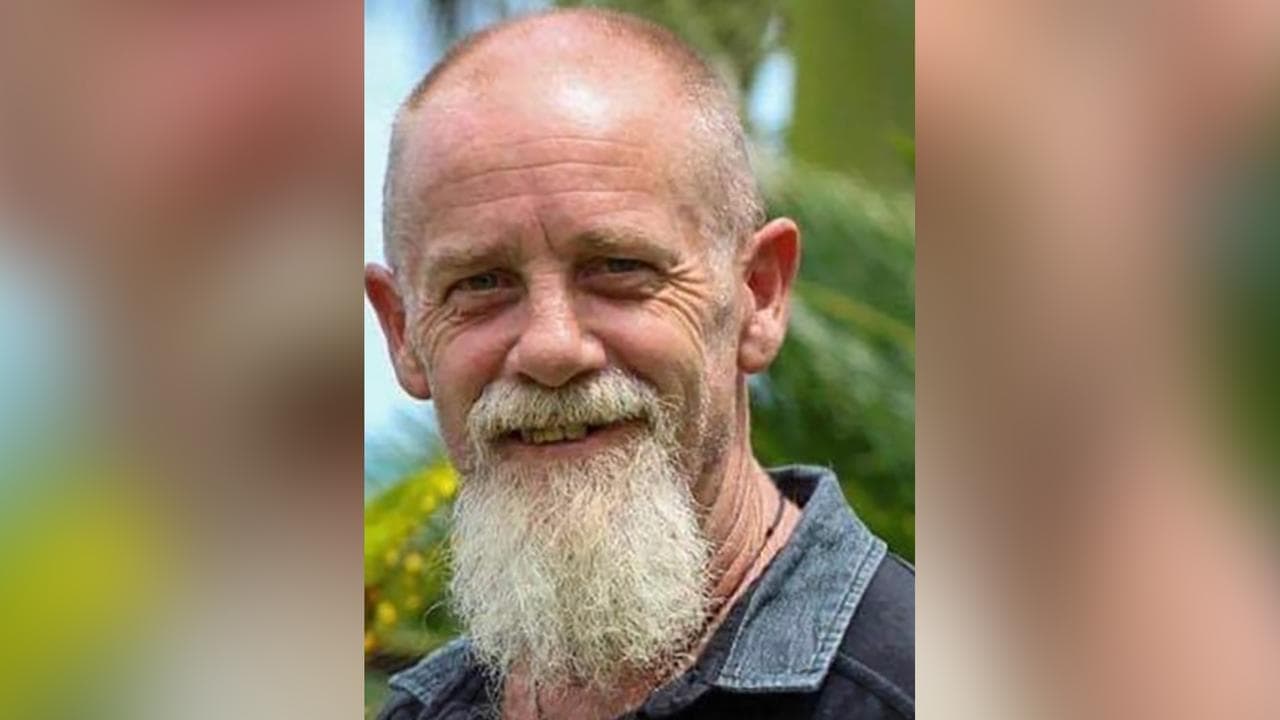AAP FactCheck Investigation:
Do 45 per cent of grade six students not know where bananas, cheese and bread come from?
The Statement
"Seventy-five per cent of grade six students believed cotton socks came from an animal and 45 per cent believed bananas, bread and cheese didn’t come from farming.”
Scott Morrison, Prime Minister. July 18, 2019.
The Verdict
Misleading - The claim is mostly true but somewhat misleading.
The Analysis
In a speech at a national bush summit in Dubbo, Prime Minister Scott Morrison said he was concerned about the disconnect between the city and bush and the rise in organised farm invasions. He said he wanted to reconnect Australians with rural and regional communities and ensure there was an “appropriate balance” in what students were taught about farming. [1]
AAP FactCheck examined the claim made by the Prime Minister that 75 per cent of grade six students believed cotton came from animals and 45 per cent couldn’t identify bananas, bread and cheese as farm produce.
A spokesperson for Mr Morrison told AAP FactCheck the source of his claim was a 2011 report titled Food, Fibre and the Future commissioned by the Primary Industries Education Foundation, a not-for-profit advocacy body funded by a number of large Australian agricultural producers including Cotton Australia and Meat and Livestock Australia. [2]
The Food, Fibre and the Future report surveyed grade six and grade 10 students and teachers, to find out what they knew about primary industries in Australia.
Seventy-one schools participated in the survey, including 35 primary schools. No primary schools in the Northern Territory or the ACT took part.
The report does not name the schools which participated, nor how many were in regional or rural areas.
Year-six students, the group quoted by the Prime Minister, performed the worst in the survey. The report found 75 per cent of the grade six students surveyed believed cotton socks were made from an animal product. This supports the first half of Mr Morrison’s claim. [3]
However, Mr Morrison’s representation of the report’s findings on bananas, cheese and bread is misleading.
The survey showed students a picture of a lunchbox containing a cheese sandwich and banana, accompanied by a question asking which foods in the lunchbox come from farms.
The answer options were: just the banana, just the banana and the cheese, just the bread and the banana, all of them.
The report found only 55 per cent of grade six students identified all three items as collectively coming from farms, meaning 45 per cent could not correctly identify the source of all three.
However, according to the report, an additional 24-79 per cent correctly identified both the banana and cheese as coming from a farm. The report found students had the hardest time linking bread with farming.
According to the Australian Bureau of Statistics [ABS] Sample Size Calculator, the report’s sample size was too small to reach “the required level of accuracy”.
If the report sought a confidence level of 95 per cent - meaning if the survey was repeated there would be a 95 per cent chance the results would be repeated - the calculator found it would need a sample size of at least 384 students to be accurate. [4] With a confidence level of 99 per cent, the calculator showed a sample size of 662 would be needed.
The number of grade six students surveyed was 213 - or 0.077 per cent of the total number of grade six students of 276,038 according to ABS data in 2011 when the survey was undertaken. [5]
As the sample size of the survey was too small, the report was eight years old, and the results were misrepresented slightly by the Prime Minister, AAP FactCheck found Mr Morrison’s claim to be true but misleading.
The Verdict
Misleading - The claim is mostly true but somewhat misleading.
The References
1. ‘Address, Daily Telegraph Bush Summit’. Scott Morrison. July 18, 2019: https://www.pm.gov.au/media/address-daily-telegraph-bush-summit
2. ‘Home’. Primary Industries Education Foundation Australia: https://www.piefa.edu.au/
3. ‘Food, Fibre and the Future’, by Kylie Hillman and Sarah Buckley. Primary Industries Education Foundation Australia and Australian Council for Educational Research. (Pages 5, 12, 15, 29.) October, 2011: https://www.piefa.edu.au/uploads/9/8/9/8/98986708/food_fibre_and_future_pief_report.pdf
4. ‘Sample Size Calculator’. Australian Bureau of Statistics: https://www.abs.gov.au/websitedbs/D3310114.nsf/home/Sample+Size+Calculator?opendocument
5. ‘Table 42b Number of Full-time and Part-time Students, 2006-2018’. Australian Bureau of Statistics: https://www.abs.gov.au/AUSSTATS/abs@.nsf/DetailsPage/4221.02018?OpenDocument
* AAP FactCheck is accredited by the Poynter Institute's International Fact-Checking Network, which promotes best practice through a stringent and transparent Code of Principles. https://factcheck.aap.com.au/








